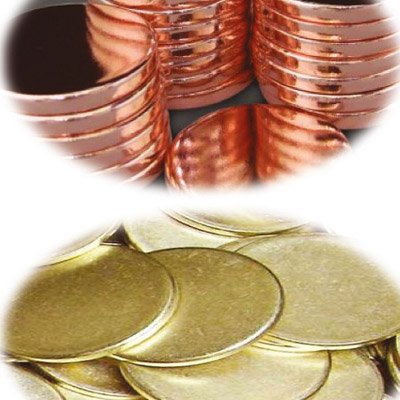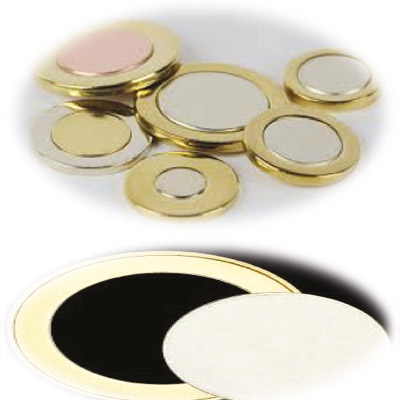Coin Blanks
Jindal Stainless Limited has been a trusted global supplier of coin blanks for nearly two decades and the leading manufacturer to Indian Government Mint since its inception in 2001. The Company first exported coin blanks to the French Mint in 2005. Today, the Company is one of the largest coin blank manufacturers with an installed capacity of 10,000 tonnes per year for mono-metal & bi-metallic coin blanks. The Company has been expanding its focus on meeting the global demand of coin blanks.
Key Advantages of using
Stainless Steel in Coin Blanks
ISO 9000 certified
Tested for tensility and hardness
Tested for surface roughness
Tested for bending yield limit



